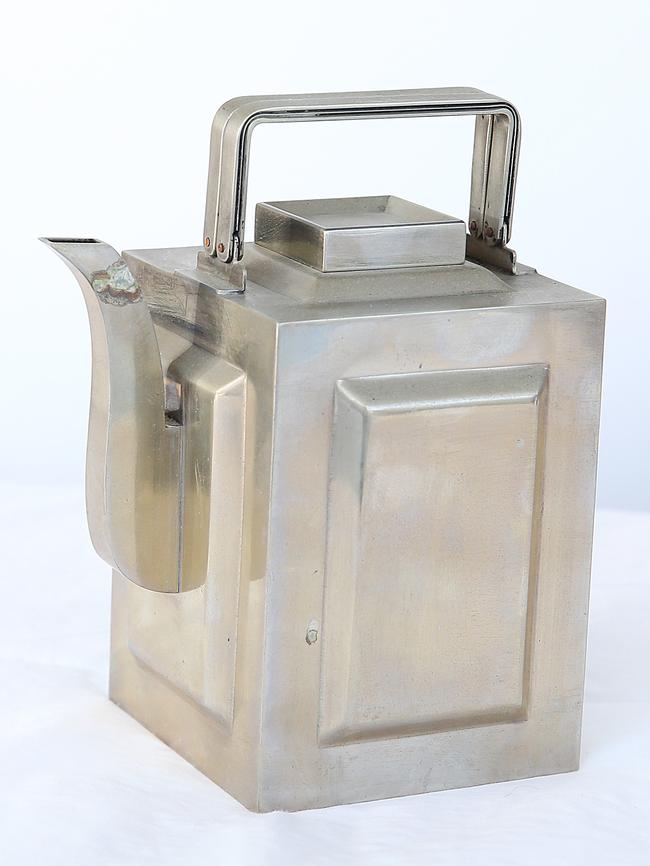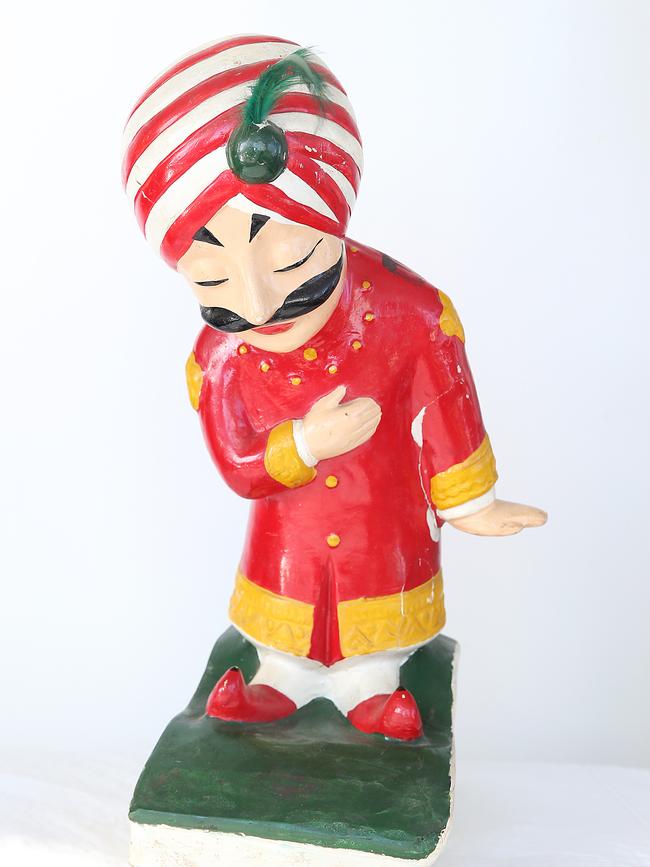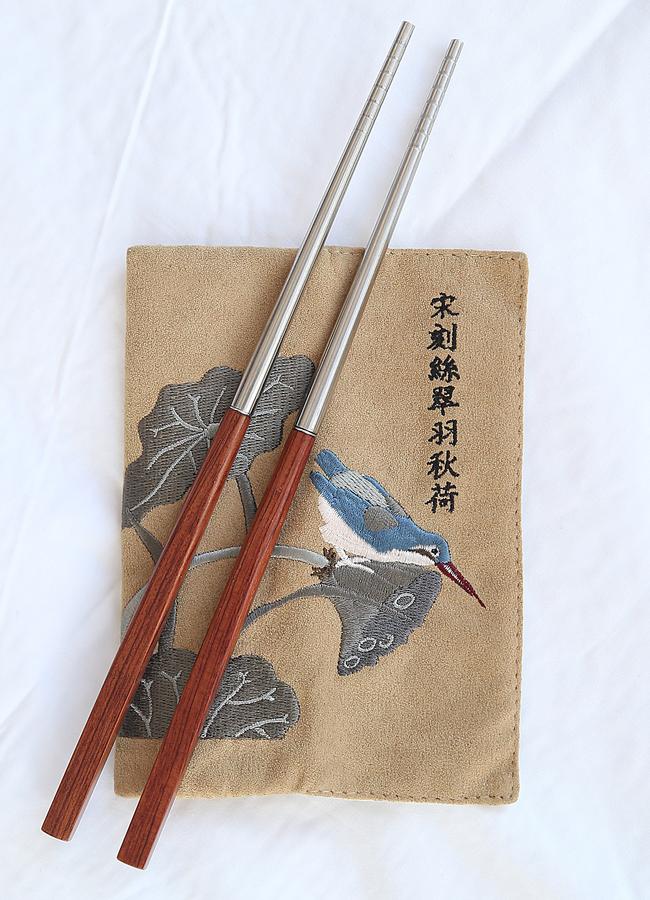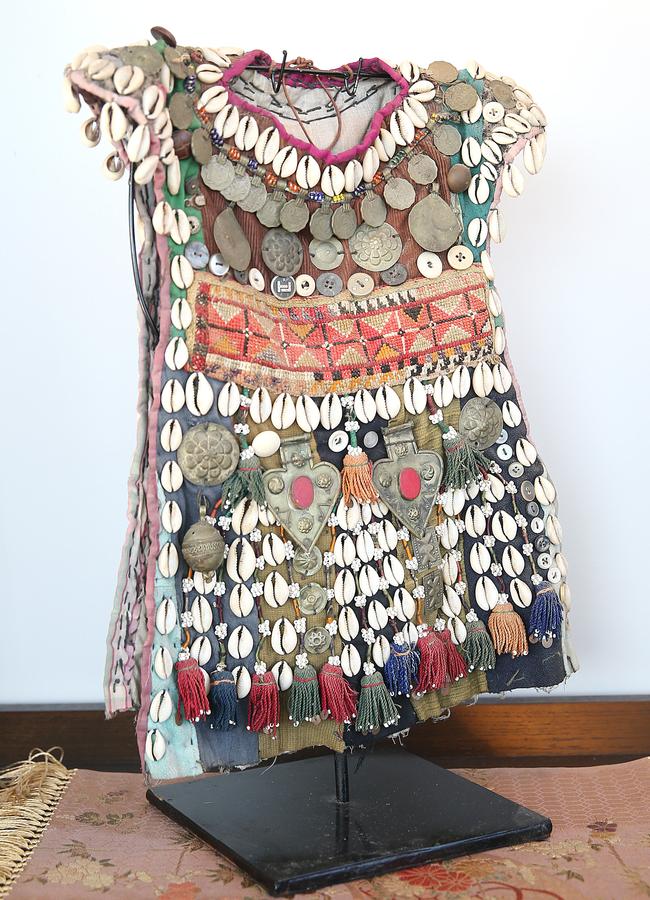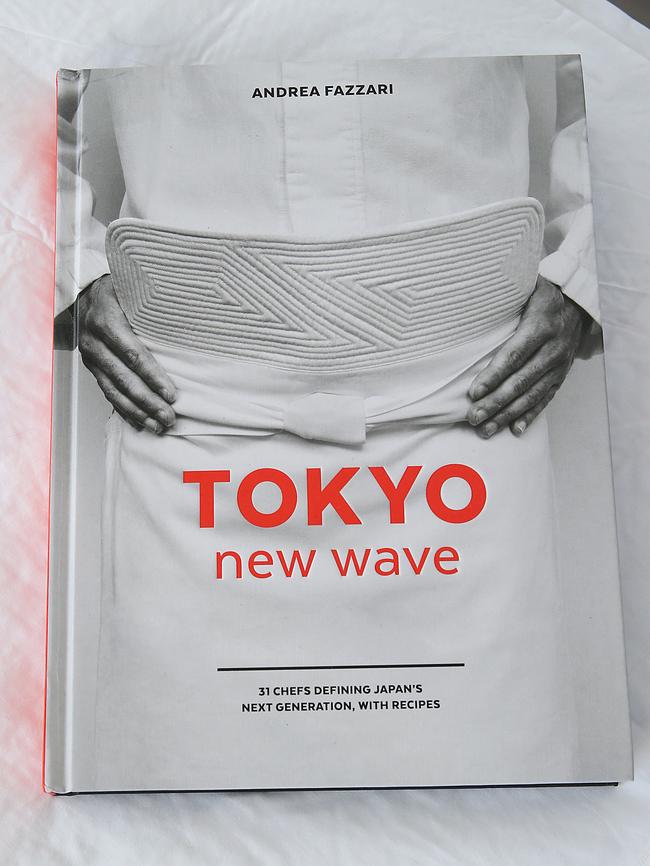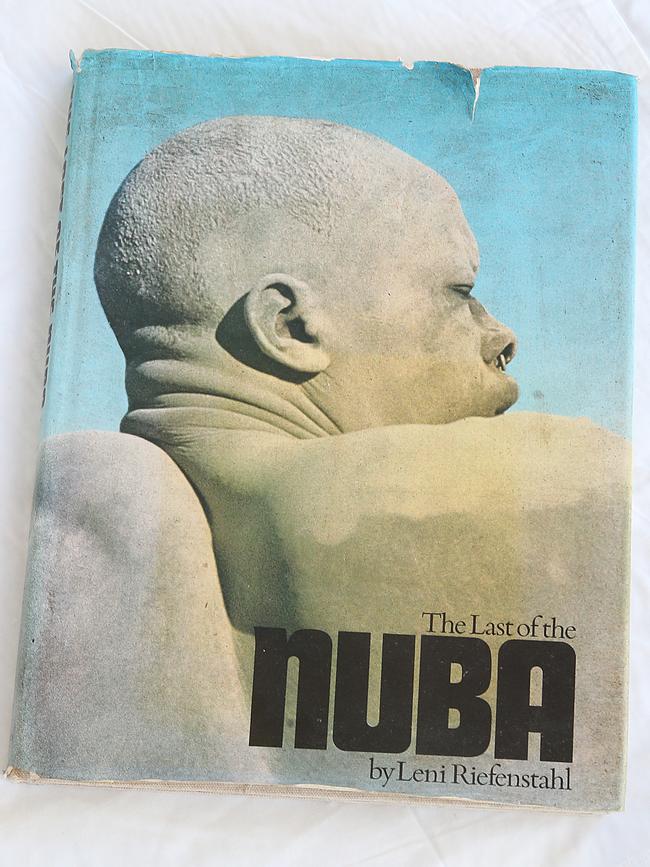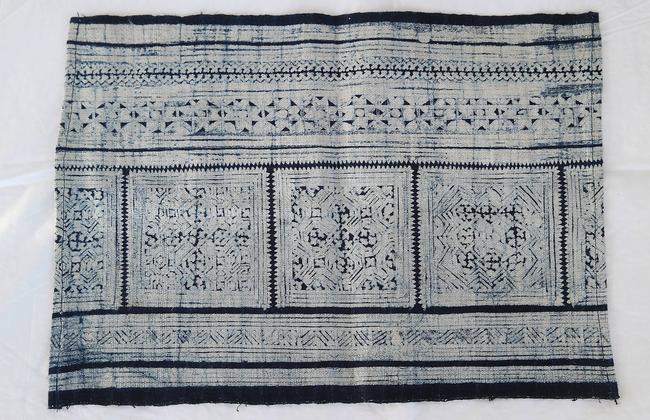Career in textiles was in the blood for Luxotic creative director Edward Li
A CAREER in silk weaving and printing was in the blood for Luxotic creative director Edward Li.

Home Mag
Don't miss out on the headlines from Home Mag. Followed categories will be added to My News.
WHO: Edward Li, creative director of textiles company Luxotic
WHERE: An apartment in Redfern
FAVOURITE THING: This teapot has been passed down through my family. It was made in 1910 in Shanghai, which is the region of China I come from
INSPIRATION: I am very much into the industrial-style furniture, mostly black and white with touches of natural timber and a bit of Art Deco thrown in for good measure
HOME IS: I really cherish having my own space
EDWARD Li knows everything there is to know about textiles. Having designed textiles for the who’s who of Australian brands, including KAS, Morgan & Finch, Cotton House and Freedom, he has also produced designs for international brands Macy’s, JC Penney, House of Fraser and Selfridges. Edward says he was always destined for a career in textiles.
“My family had a silk weaving and printing business, so textiles run in the blood,” he says.
“I started out a lot more involved in fashion, running my own fashion design studio for 10 years before I became more focused on home furnishings, with another decade leading the design teams of a couple of top Australian home furnishing brands.”
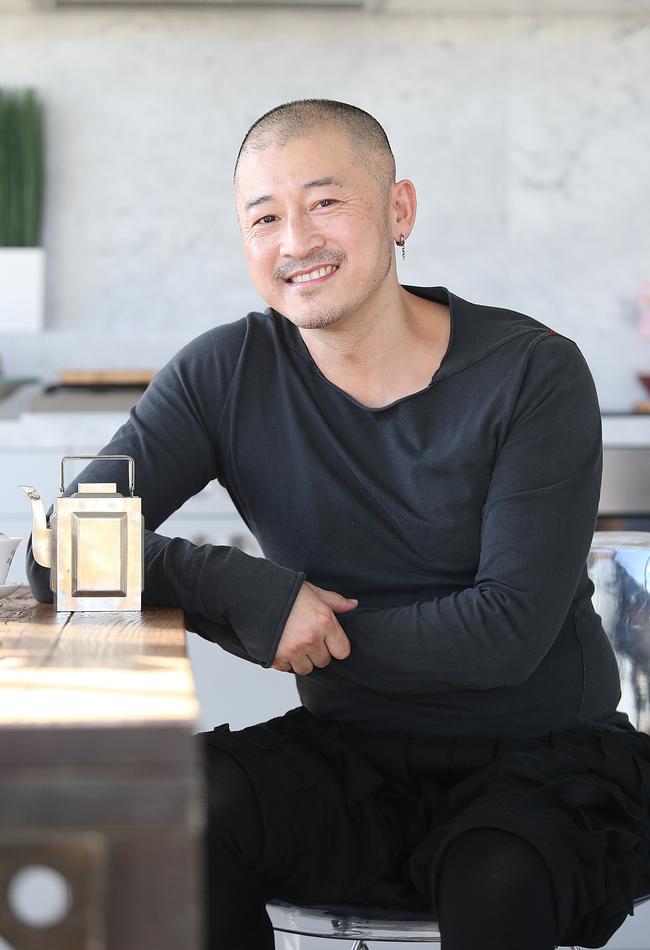
Edward has spent the past couple of years establishing his own brand, Luxotic, with a lot of interest now coming internationally.
“I’m off to London and New York soon to launch our latest range to buyers there.”
While his business is growing fast, Edward says his home in Redfern is warm and inviting.
“At home, I have to force myself to relax because I’m almost constantly thinking of design,” he says. “I have a drawing and painting kit on hand so when inspiration hits I can get it down on paper. Although that process is work, it also brings me pleasure.”
Fittingly, he lives in an old textiles warehouse built in the 1920s that was converted into a modern apartment complex.
“They did a great job when it was converted — I haven’t needed to make any major changes apart from cosmetic touches,” Edward says. “It has a strong character with fantastic light — which makes it wonderful for entertaining people.”
More: Luxotic, luxotic.com.au


